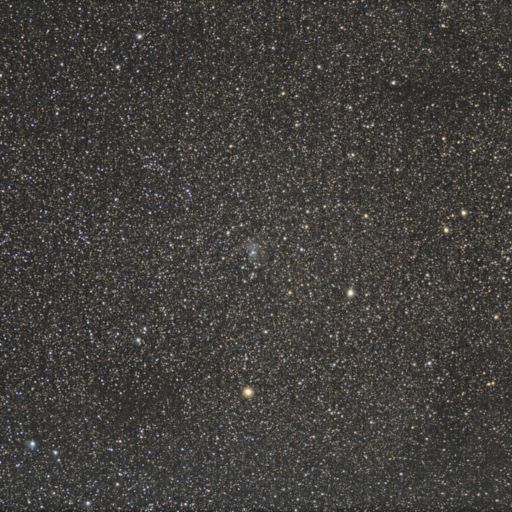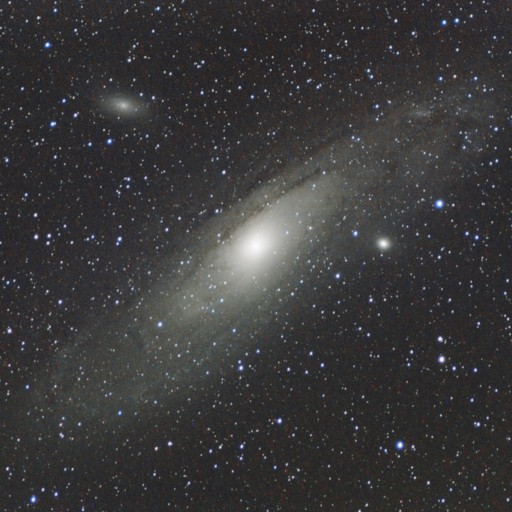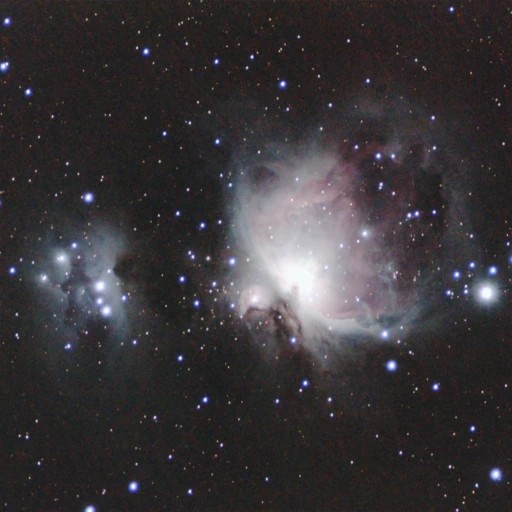Cyngus Loop: The 'Veil Nebula'

Click here to open the full image (12-bit AVIF, 2624441 B, 5000x3300) in a new tab.
This page hosts a collection of astrophotos I've taken. Click on any of the links below the images to open a high-resolution AVIF in a new tab. This isn't a complete collection of astrophotographs I've taken, so be sure to check my AstroBin and Instagram for more photos. This page is currently under heavy construction!

Click here to open the full image (12-bit AVIF, 2624441 B, 5000x3300) in a new tab.

Click here to open an AVIF (9687285 B, 5000x3300) in a new tab.
NGC 281: The 'Pacman Nebula', along with IC 59 and IC 63 (a pair of reflection and emission nebulae), all of which are deep-sky objects in the Cassiopeia constellation.
I shot over 549 frames totalling over ~14.2 GB of data, and stacked the best 90% of light frames for a total of 494 30-second exposures, or 4 hours and 7 minutes.
Exposure Time: 3213 seconds (53 minutes 33 seconds)

Click here to open an AVIF (11492216 B, 5000x3300) in a new tab.
Exposure Time: 1547 seconds (25 minutes 47 seconds)

Click here to open an AVIF (9674989 B, 5000x3300) in a new tab.
Exposure Time: 1904 seconds (31 minutes 44 seconds)

Click here to open an AVIF (11675181 B, 5000x3300) in a new tab.
More coming soon...